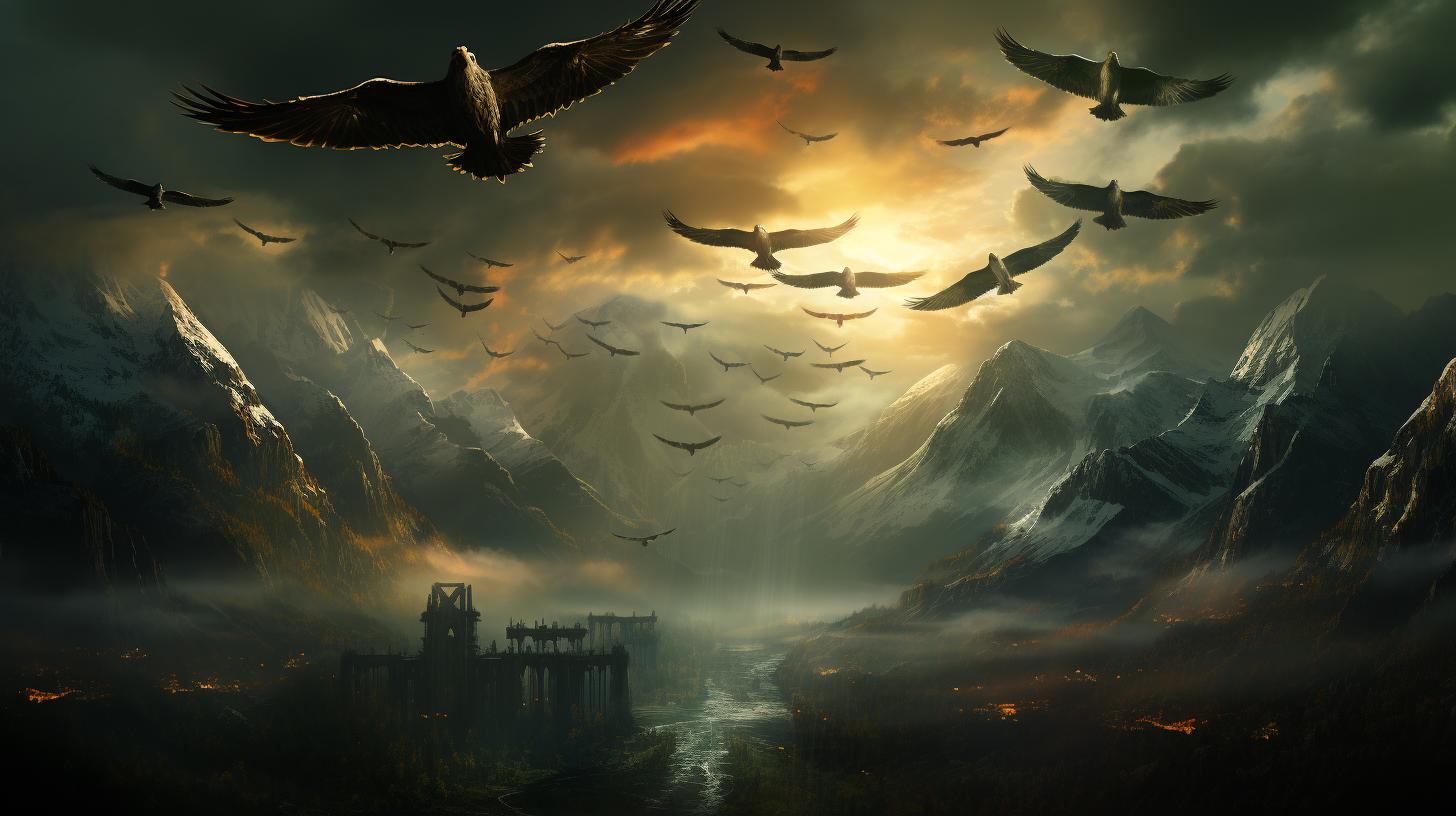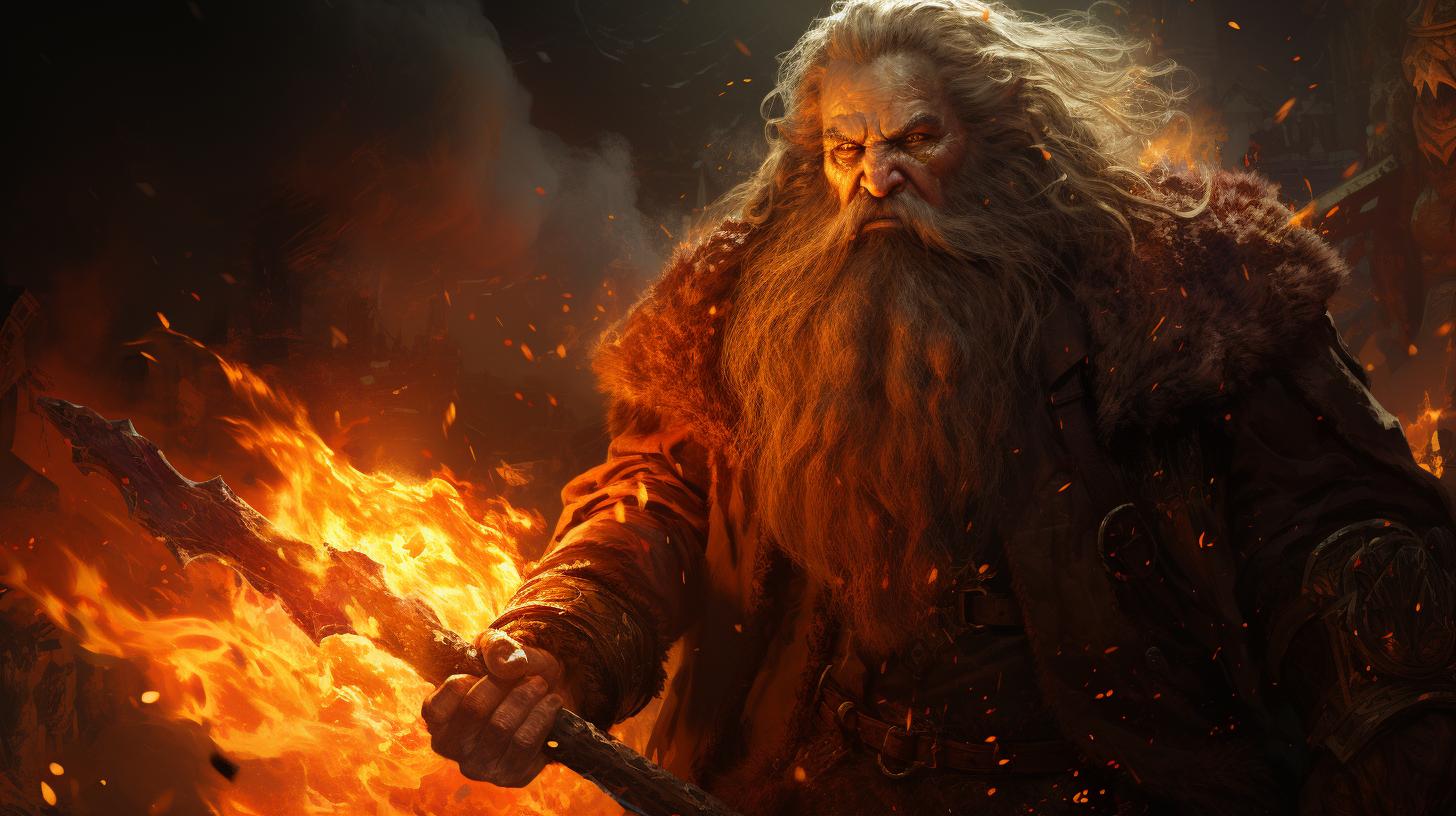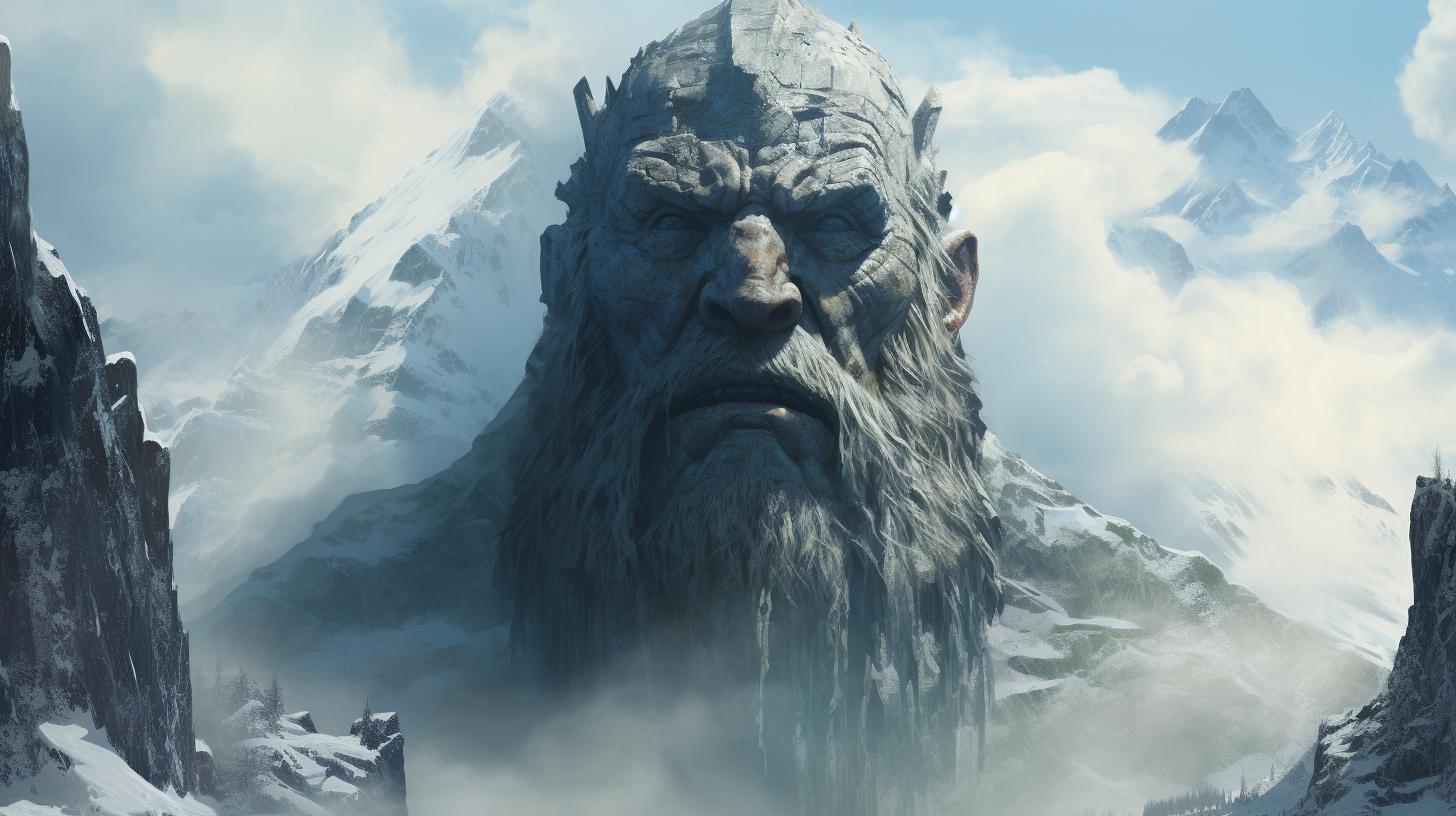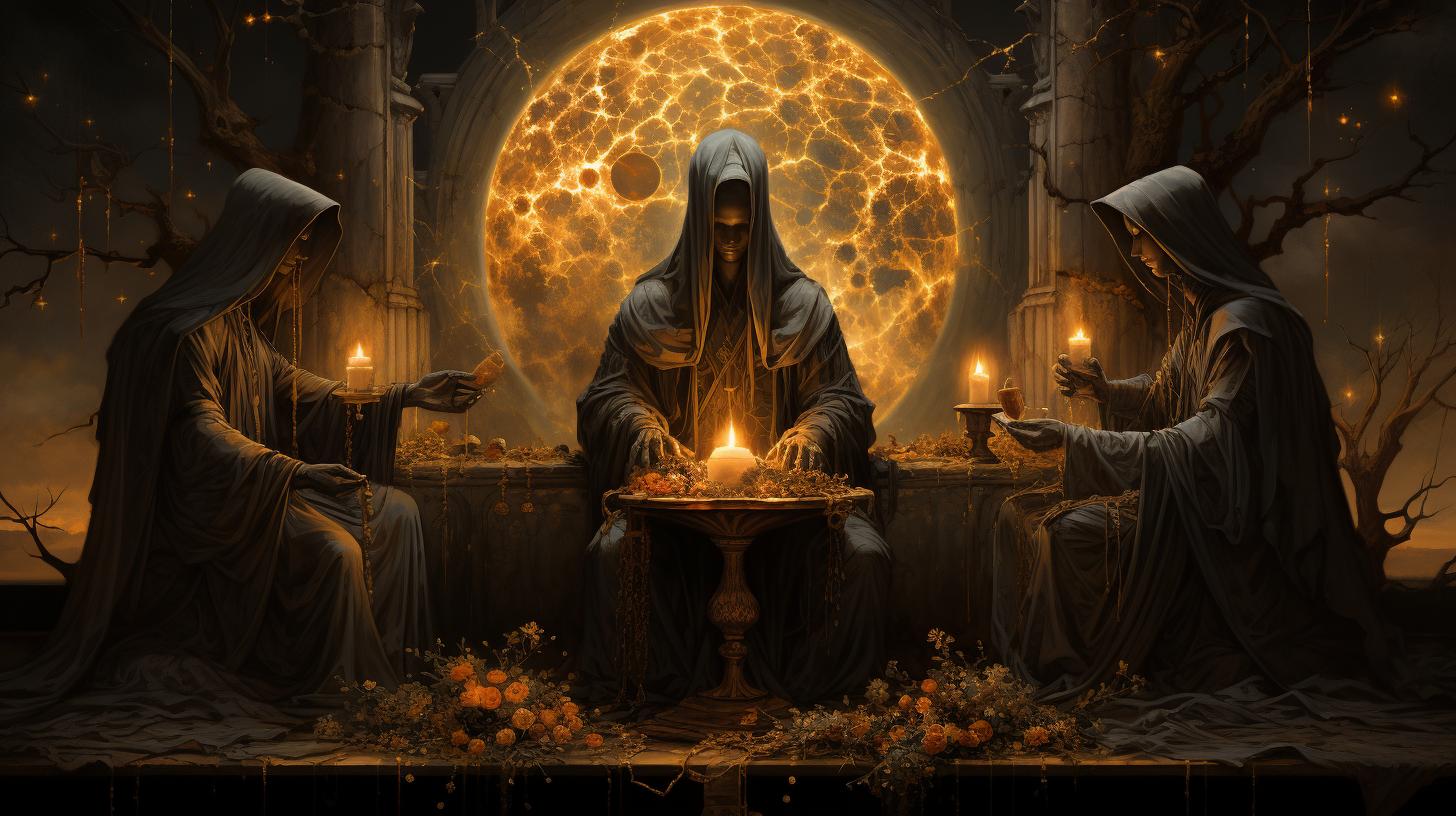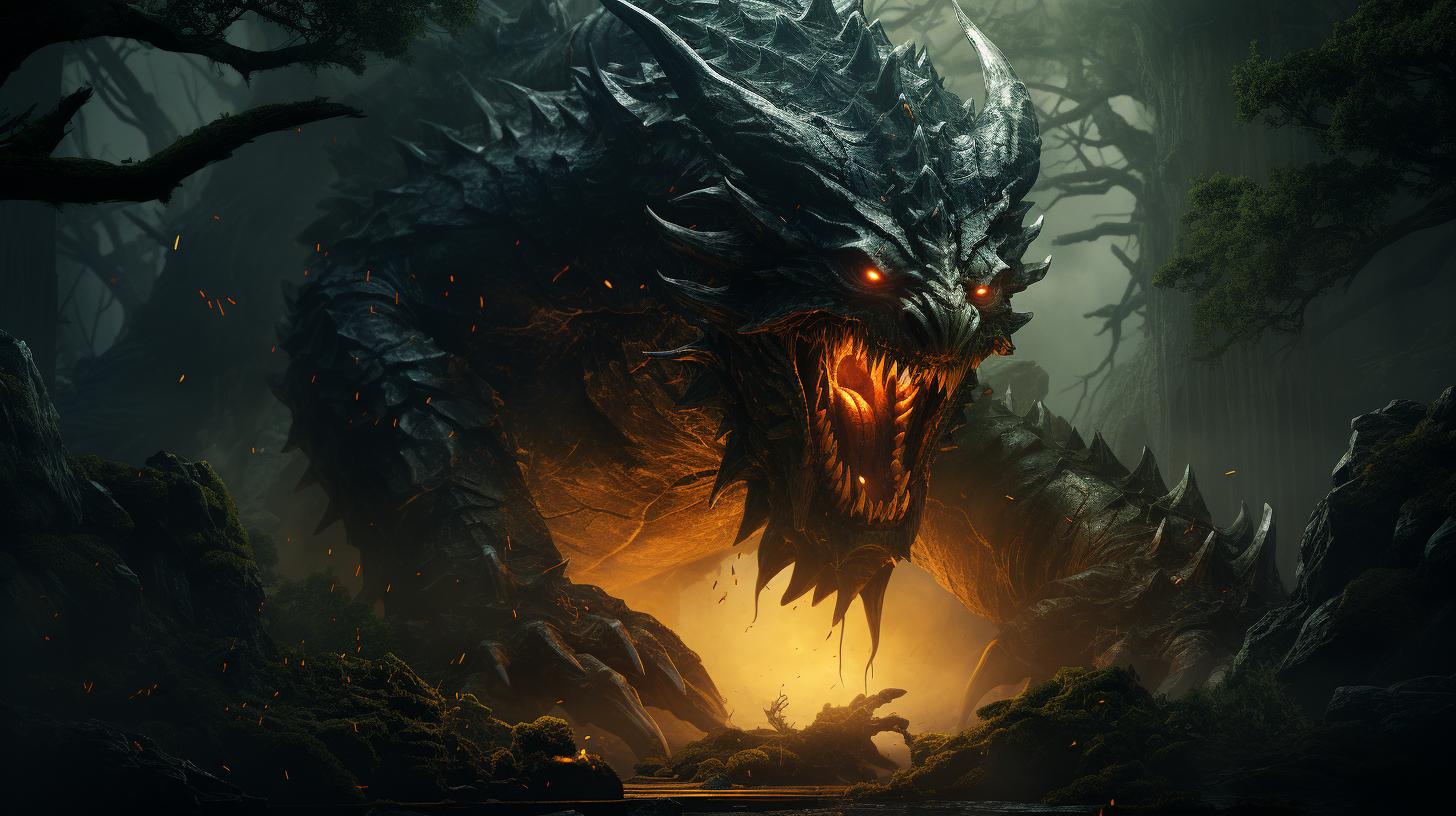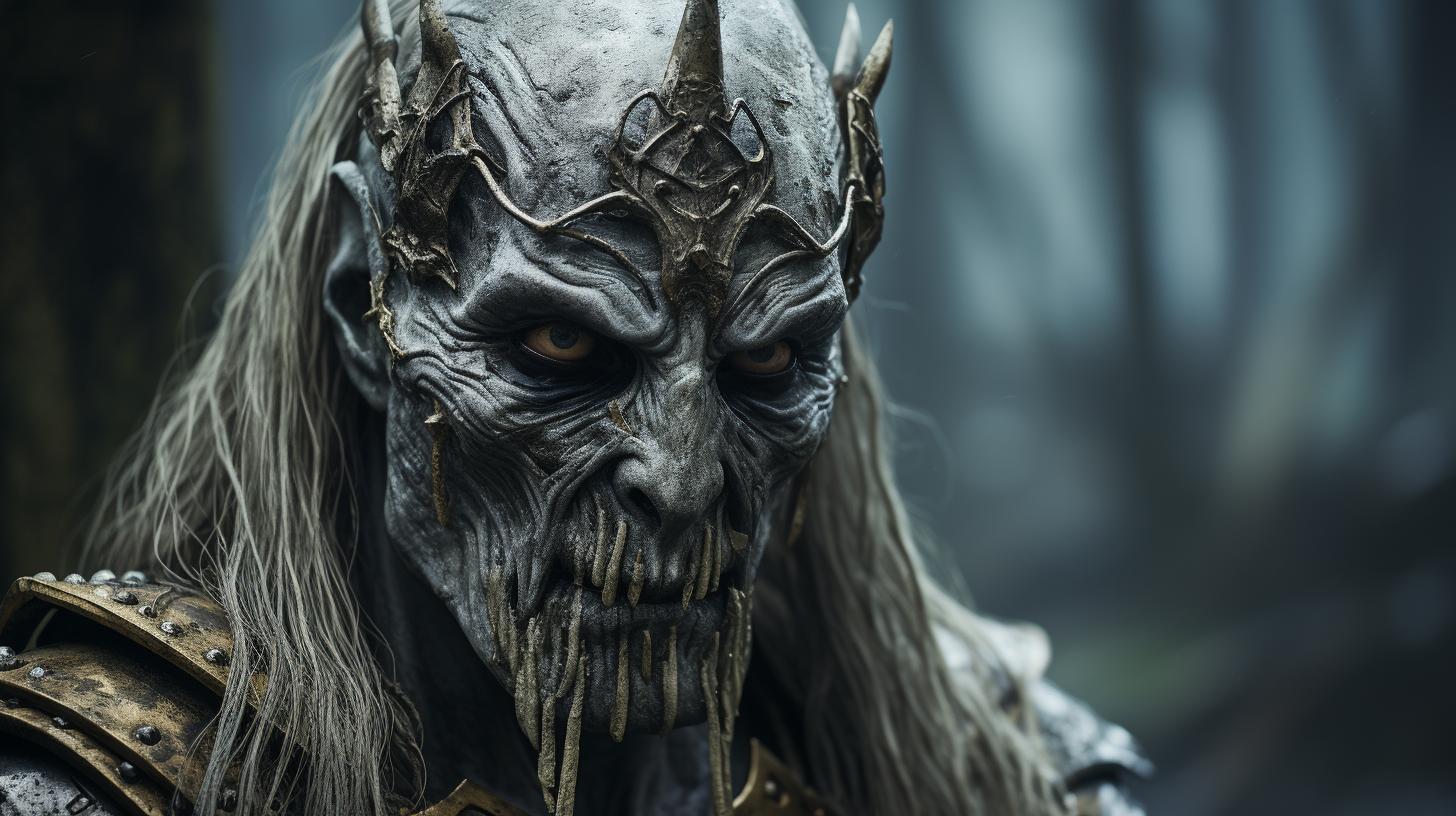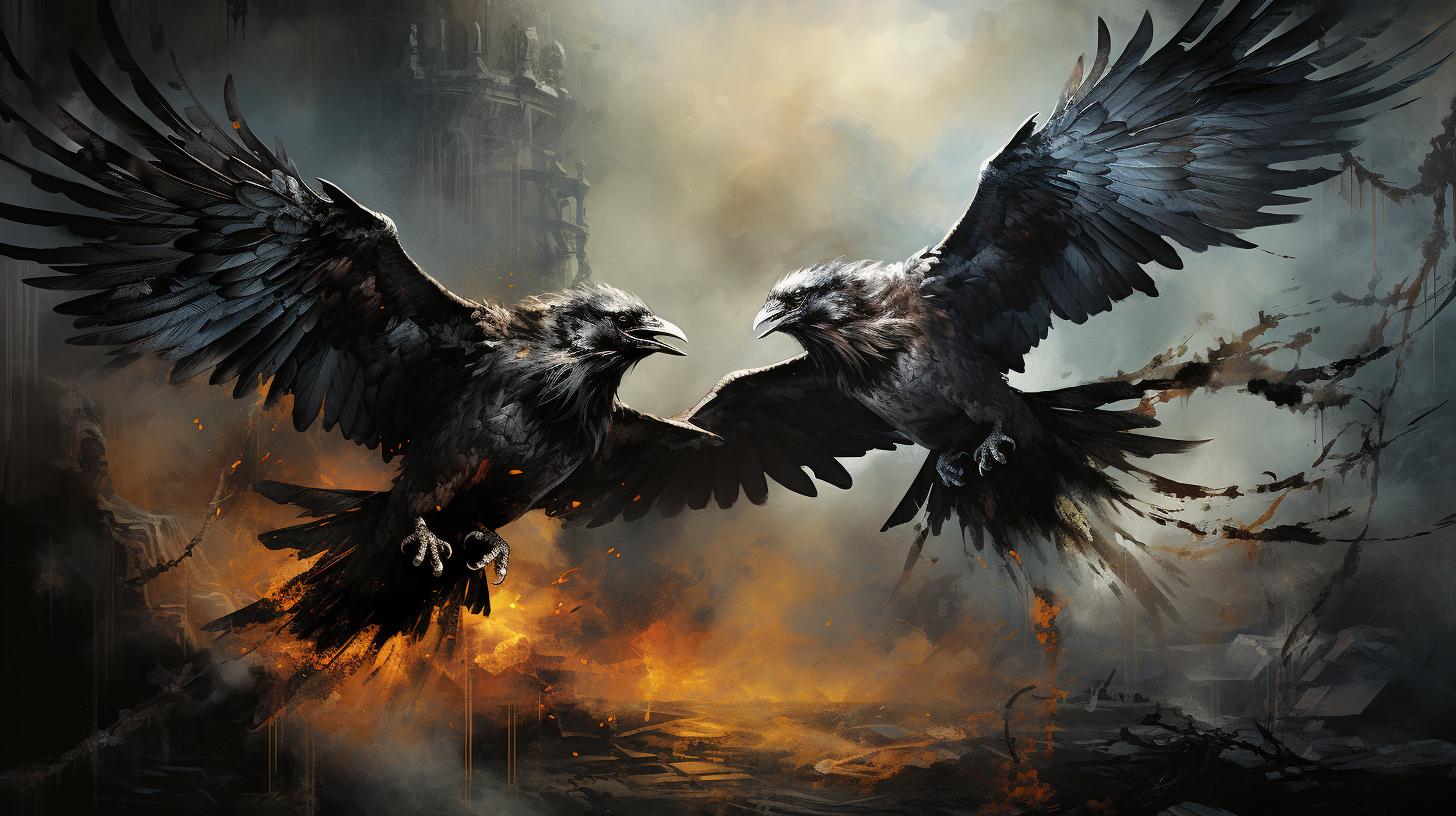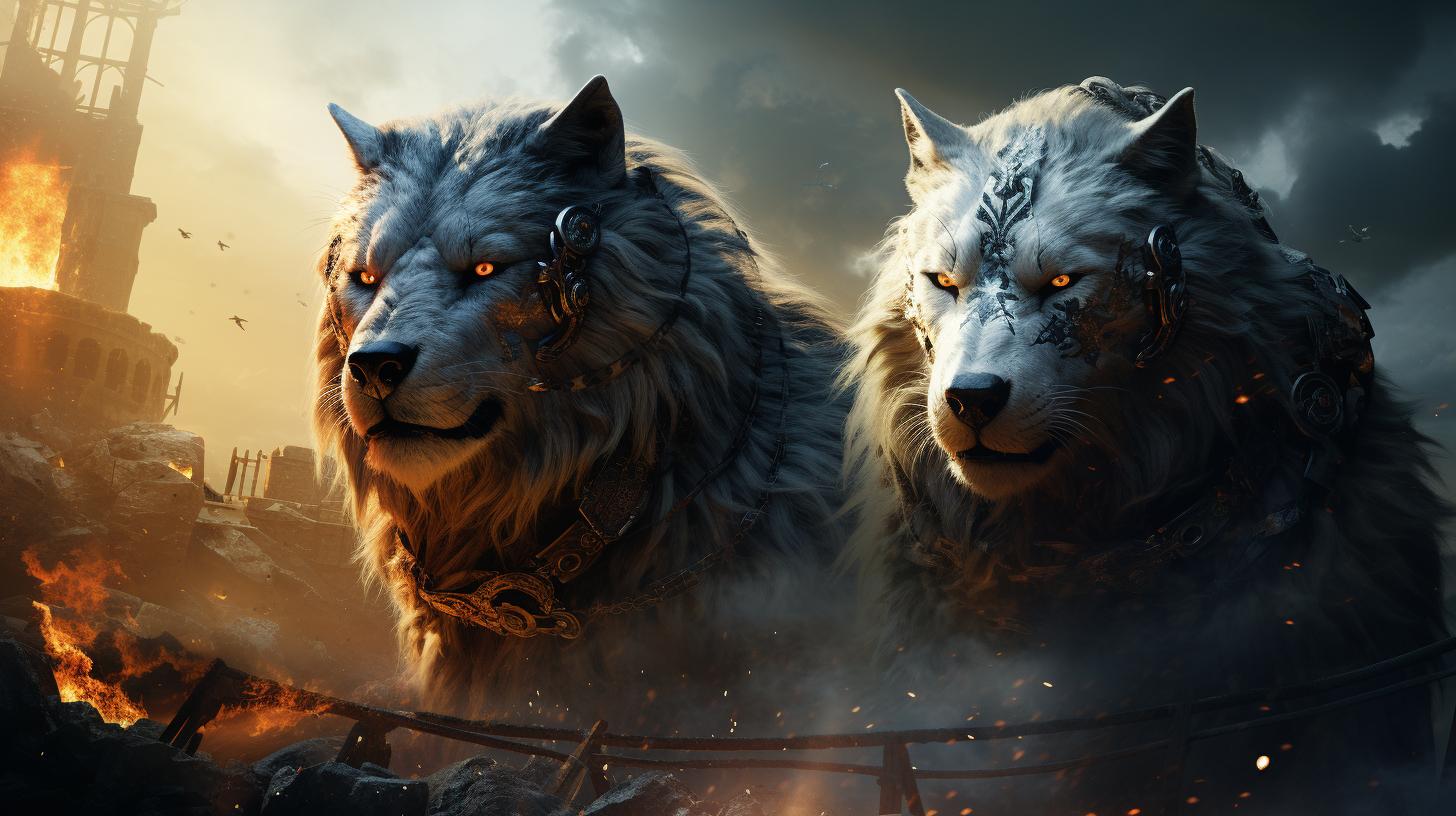How Many Valkyries Are There in Norse Mythology: Exploring the Divine Warriors of the North
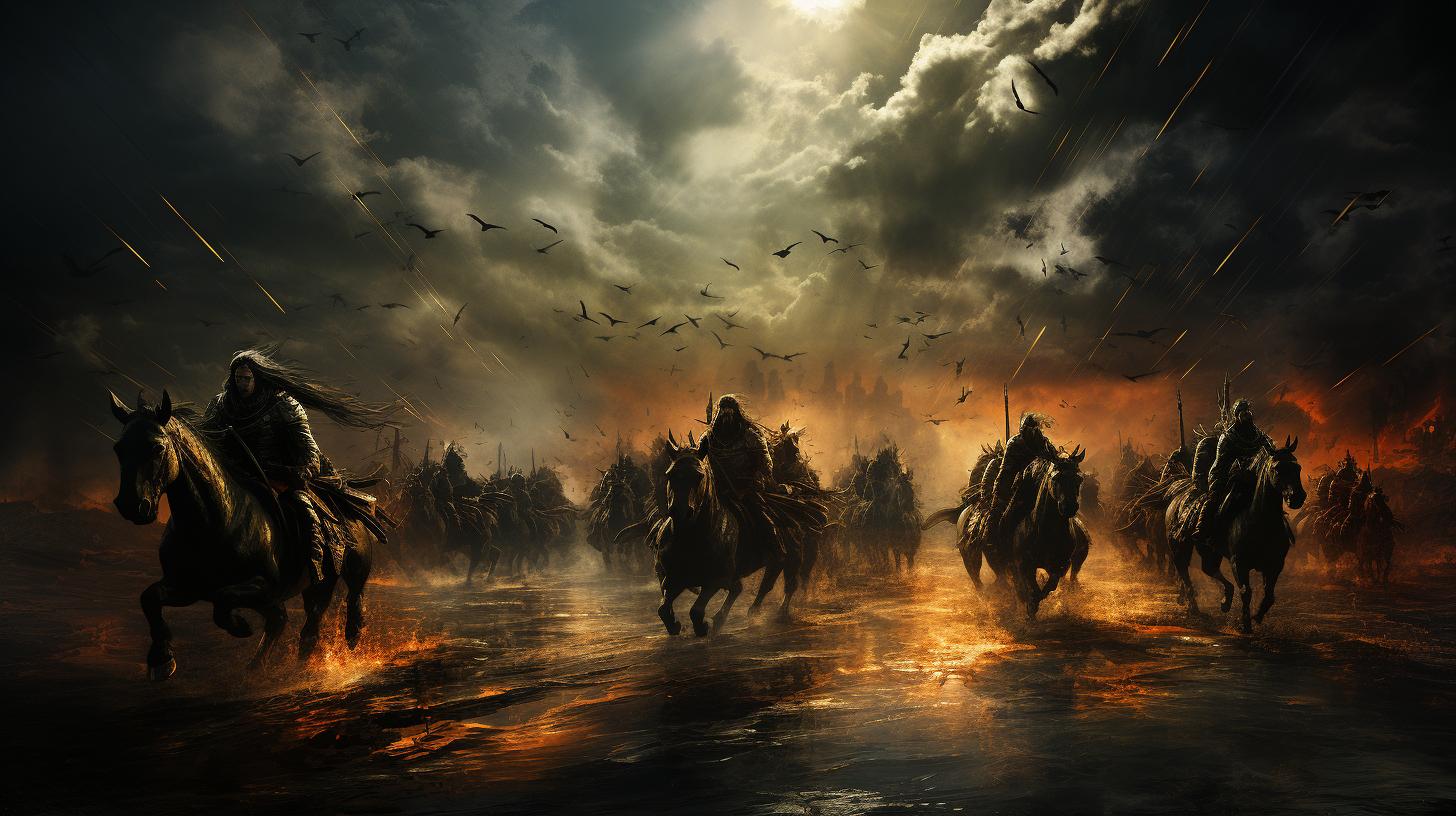
In Norse mythology, the Valkyries hold a prominent role as divine warriors and choosers of the slain. These fierce female figures are tasked with selecting fallen warriors who have shown bravery and honor in battle to enter the celestial hall of Valhalla.
The exact number of Valkyries varies across sources, with mentions of nine, thirteen, and even larger numbers. This article explores the variations in Valkyrie numbers, their names and characteristics, symbolism, and their portrayal in ancient texts and popular culture.
Join us as we unravel the intriguing world of Valkyries in Norse mythology.
The Role of Valkyries in Norse Mythology
In Norse mythology, Valkyries play a significant role as divine warriors, choosers of the slain, and servants in the afterlife. These powerful female figures are intimately connected to the realm of Valhalla and the god Odin.
Let’s explore each aspect of their role:
Valkyries as Divine Warriors
The Valkyries are renowned for their prowess in battle and their ferocious fighting skills. In the Norse pantheon, they are considered formidable warriors, embodying strength, skill, and courage. Mounted on their powerful steeds and adorned in radiant armor, Valkyries fly over battlefields, armed with spears, evaluating the fallen warriors with a discerning eye.
Valkyries as Choosers of the Slain
As choosers of the slain, Valkyries play a crucial role in determining who is worthy of entering Valhalla. These divine women select warriors who have displayed bravery, honor, and valor on the battlefield.
It is their duty to escort and guide these fallen heroes to their eternal resting place in the celestial halls of Odin’s Valhalla.
Valkyries in Valhalla: Serving the Fallen Heroes
Once the chosen warriors arrive in Valhalla, the Valkyries fulfill another important duty – they serve them mead from a magical cauldron, ensuring that the fallen heroes never go without. This mead, continuously replenished by the mystical goat Heidrun, symbolizes the eternal sustenance and abundance experienced by those in the afterlife.
The Valkyries attend to the heroes, offering them horns filled with this divine elixir, ensuring they lack nothing in their afterlife.
Overall, the Valkyries’ role in Norse mythology encompasses their status as divine warriors, choosers of the slain, and caretakers of fallen heroes in Valhalla.
Their presence embodies power, honor, and the eternal bond between mortal warriors and the gods.
Variations in the Number of Valkyries
In Norse mythology, the number of Valkyries mentioned varies across different sources and texts. The exact count is a topic of debate and speculation among scholars and enthusiasts. Let’s explore the different references in Norse poems and texts, as well as theories and speculations surrounding the number of Valkyries.
Different References in Norse Poems and Texts
Various sources provide different accounts of the number of Valkyries. For instance, in the poem Grímnismál, it refers to nine Valkyries. However, in the poem Völuspá, Odin mentions thirteen Valkyries serving mead in Valhalla, showcasing a larger count.
These differing numbers reflect the diverse traditions and variations in Norse mythology.
Theories and Speculations on Valkyrie Numbers
While the ancient texts offer varying numbers, some theories attempt to explain the different counts. One theory suggests that the number of Valkyries mentioned in the poems represents specific groups or orders within these divine warriors.
Another perspective proposes that the varying numbers reflect different poetic traditions or artistic interpretations throughout history.
Additionally, scholars often speculate that the number of Valkyries might have symbolic or mystical significance.
Some theories suggest that the number nine, often mentioned in connection with Valkyries, is representative of completeness or wholeness in Norse mythology. Others argue that the varying numbers reflect the complexity and ever-evolving nature of Norse mythological narratives.
Overall, while debates persist surrounding the exact count of Valkyries in Norse mythology, the variations in references and theories provide a fascinating glimpse into the rich and enigmatic world of these divine figures.
Names and Characteristics of Valkyries
The Valkyries in Norse mythology are not only powerful warriors but also possess distinct names and unique traits. In this section, we will explore an overview of Valkyrie names in Norse mythology, as well as delve into the individual characteristics and stories of some noteworthy Valkyries.
Overview of Valkyrie Names in Norse Mythology
Valkyries, as divine beings, carry names that reflect their significance and role in Norse mythology. While the exact number of Valkyrie names is extensive, several prominent ones have been recorded in ancient texts.
Here are some notable examples:
- Brunhild (or Brynhildr)
- Göndul
- Geirahöð
- Gunnr
- Hildegunn
- Váli
- Sigrdrífa (or Sigrdrifa)
Each name carries its significance, often representing attributes such as strength, victory, or battle.
Unique Traits and Stories of Individual Valkyries
Individual Valkyries possess their own unique traits, stories, and roles within Norse mythology. Let’s explore a few notable Valkyries and their characteristics:
Brunhild (Brynhildr)
Brunhild, a prominent Valkyrie, represents defiance and determination. She is known for her role in the Völsunga saga, where she challenges the hero Sigurd and engages in conflicts that ultimately shape the narrative.
Göndul
Göndul, meaning “wand-wielder,” is recognized as a Valkyrie associated with magic and enchantment. She is often depicted as a powerful sorceress, efuelling her fellow warriors with mystical abilities and aiding them in battle.
Gunnr
Gunnr, whose name means “war,” embodies the warrior spirit. She is often portrayed as a fierce and skilled combatant, leading fallen warriors to their final resting place in Valhalla while bravely participating in battles herself.
Hildegunn
Hildegunn, translated as “battle-warrior,” showcases bravery and loyalty. She is renowned for supporting warriors on the battlefield, inspiring and guiding them to display valor and honor.
These examples provide a glimpse into the diverse range of Valkyries and their distinct characteristics within Norse mythology.
Their stories and traits contribute to the richness and complexity of the Norse pantheon.
Valkyrie Symbolism and Representations
Explore the powerful symbolism of Valkyries and their significance in Norse mythology:
Valkyries as Symbols of Honor and Bravery
The Valkyries embody honor and bravery, representing the ideal warrior spirit in Norse mythology. They are revered for their role in selecting fallen warriors for Valhalla, a testament to their discerning judgment and appreciation for noble deeds.
Their presence on the battlefield inspires warriors to fight with valor and courage, knowing that a Valkyrie’s favor could secure their place in the afterlife.
Connections to Norse Gods and Goddesses
Valkyries are closely linked to various Norse gods and goddesses, amplifying their divine status.
They serve Odin, the Allfather and king of the gods, who entrusts them with the important task of choosing the fallen warriors. As Odin’s handmaidens, they enjoy a close relationship with him and participate in the grand tapestry of Norse mythology.
Additionally, Valkyries may also have connections to other deities such as Freyja, the goddess of love and fertility, further deepening their mythological significance.
Influence on Viking Age Culture and Art
The mythical aura of Valkyries permeated Viking Age culture, leaving a lasting impact on their art, literature, and everyday lives. Depictions of Valkyries adorned jewelry, carved on runestones, and were the subject of epic sagas and poetic verses.
They symbolized the values cherished by the Norse people, such as bravery, honor, and the pursuit of glory in battle. The presence of Valkyrie imagery in Viking Age artifacts serves as a reminder of the inherent connection between mythology, culture, and the identity of the Viking people.
As Valkyries continue to captivate our imaginations in modern times, their symbolism and representations remain powerful reminders of the extraordinary and multifaceted aspects of Norse mythology and its impact on human culture throughout the ages.
Valkyrie Mythology in Ancient Texts
Valkyrie mythology is richly depicted in ancient Norse texts, providing insights into their role, characteristics, and significance in Norse mythology. Several ancient texts, including the Poetic Edda, Prose Edda, and various sagas, offer detailed accounts of the Valkyries and their interactions with gods and mortals.
References in the Poetic Edda
The Poetic Edda, a collection of Old Norse poems, contains numerous references to Valkyries. In the poem Grímnismál, Odin mentions the names of thirteen Valkyries who serve mead in Valhalla, showcasing their role as divine servers of fallen heroes.
The poem Völuspá also alludes to thirteen Valkyries who perform important duties in the afterlife realm.
Other poems within the Poetic Edda, such as Helgakviða Hundingsbana and Sigrdrífumál, present detailed encounters between Valkyries and mortals, portraying them as powerful figures who ensure the outcome of battles and determine the fate of brave warriors.
Depictions in the Prose Edda
The Prose Edda, written by the Icelandic scholar Snorri Sturluson in the 13th century, provides further insights into Valkyrie mythology. In the section known as Gylfaginning, the Prose Edda describes the role and function of Valkyries in greater detail.
It explores their selection of fallen warriors, their transportation of the chosen ones to Valhalla, and their role in the epic battle of Ragnarök.
Additionally, the Prose Edda includes stories about specific Valkyries, such as Brynhildr, Sigrún, and Gunnr, showcasing their individual traits and heroic exploits.
These narratives highlight the prominence of Valkyries in Norse mythology and their complex relationships with mortals and deities.
Valkyries in Sagas and Other Ancient Texts
Beyond the Poetic and Prose Eddas, Valkyries are also mentioned in various sagas and other ancient texts. Sagas like the Saga of the Volsungs and the Saga of the Ynglings feature Valkyries as central characters deeply entwined with the destiny of key figures in Norse mythology.
Moreover, inscriptions on runestones and other archaeological findings provide additional glimpses into the existence and significance of Valkyries in the Viking Age. These ancient texts and artifacts collectively contribute to our understanding of Valkyrie mythology and its enduring impact on Norse culture.
Valkyries in Popular Culture
The captivating tales of Valkyries from Norse mythology have left a lasting impact on popular culture. Their fierce and enigmatic nature has captured the imagination of many, resulting in their appearances in various forms of media.
Let’s explore two major avenues where Valkyries have made their mark: modern literature and films, and their influence on art, music, and fashion.
Depictions in Modern Literature and Films
Valkyries have found their way into numerous books, novels, and films, bringing their unique aura and rich mythology to new audiences. In modern literature, authors have reimagined Valkyries as complex and multidimensional characters, exploring their relationships, struggles, and journeys.
Likewise, filmmakers have seized the opportunity to portray Valkyries’ extraordinary qualities on the big screen, showcasing their bravery and supernatural abilities in thrilling action sequences.
- Valkyrie-themed novels have gained popularity, delving into the mythos of these divine warriors and their adventures.
- Films like “Thor” and “Valkyrie” have introduced Valkyries to wider audiences, depicting their fierce battles and their role in shaping destinies.
- Modern interpretations often explore the symbolism and power of Valkyries as independent and resilient female figures, inspiring audiences around the world.
Influence on Art, Music, and Fashion
Valkyries’ captivating presence has also transcended into the realms of art, music, and fashion, where their striking imagery and symbolism have been embraced and celebrated.
- Artists and illustrators have been inspired by Valkyries, creating stunning visual interpretations that capture their strength and allure.
- Musicians have drawn inspiration from Valkyries’ mythical qualities, incorporating their themes of honor, bravery, and the supernatural into their compositions.
- In the realm of fashion, Valkyries serve as a timeless muse, with their iconic armor, ethereal beauty, and warrior spirit influencing designs on runways and in clothing collections.
Through their representations in modern literature, films, and their influence on art, music, and fashion, Valkyries continue to captivate and ignite the imagination of audiences worldwide.
Their fascinating stories and symbolism ensure that their presence will persist and inspire for generations to come.
Throughout Norse mythology, Valkyries play a significant role as divine warriors and choosers of the slain.
In this section, we will recap their key characteristics and explore their essential role in guiding fallen heroes to the afterlife.
Valkyrie Characteristics
Valkyries are fierce and powerful female warriors who serve in Odin’s celestial hall, Valhalla. They are adorned in radiant armor and mounted on powerful horses as they assess fallen warriors on the battlefield.
These divine women possess exceptional bravery, skill in combat, and a strong sense of honor.
Valkyries as Choosers of the Slain
The primary duty of Valkyries is to select fallen warriors who have demonstrated valor and honor in battle. They navigate the battlefield, carefully evaluating the fallen warriors to choose the bravest and most deserving ones to enter Valhalla.
These chosen warriors become honored guests within Odin’s realm, where they await Ragnarök, the apocalyptic battle.
Valkyries in Valhalla: Serving the Fallen Heroes
Once the fallen warriors arrive in Valhalla, the Valkyries continue to fulfill their vital role. They serve the heroes mead from a magical cauldron, ensuring that they lack nothing in their afterlife.
This mead, provided by the mystical goat Heidrun, constantly replenishes the Valhalla’s supply.
Impact and Legacy of Valkyries in Norse Mythology
The influence of Valkyries extends beyond their role as divine warriors in Norse mythology. Their iconic representation and symbolism have left a lasting impact on various aspects of Viking Age culture and continue to resonate in modern times.
Valkyries as Symbols of Honor and Bravery
Valkyries are revered as symbols of honor, courage, and valiance. Their association with fallen warriors and the ultimate heroic fate of dying in battle shaped the Viking culture’s values and ideals.
Their depiction reflects the admiration for heroic deeds and the glory gained through battle.
Connections to Norse Gods and Goddesses
The Valkyries’ close ties to the Norse gods and goddesses, particularly Odin, further emphasize their significance in mythology. Their involvement in the selection process and their service to fallen warriors highlight the interplay between divine beings and mortal heroes in Norse belief systems.
Influence on Viking Age Culture and Art
The imagery of Valkyries, often depicted as fierce and elegant warrior women, has inspired countless artistic endeavors throughout history. Their portrayal in ancient texts, sagas, and runic inscriptions showcases their enduring presence in Viking Age art, music, and storytelling.
As we delve deeper into the world of Valkyries, it becomes apparent that their characteristics, role, and legendary status contribute to their lasting impact on Norse mythology and their enduring legacy within Viking cultural expressions.
.

